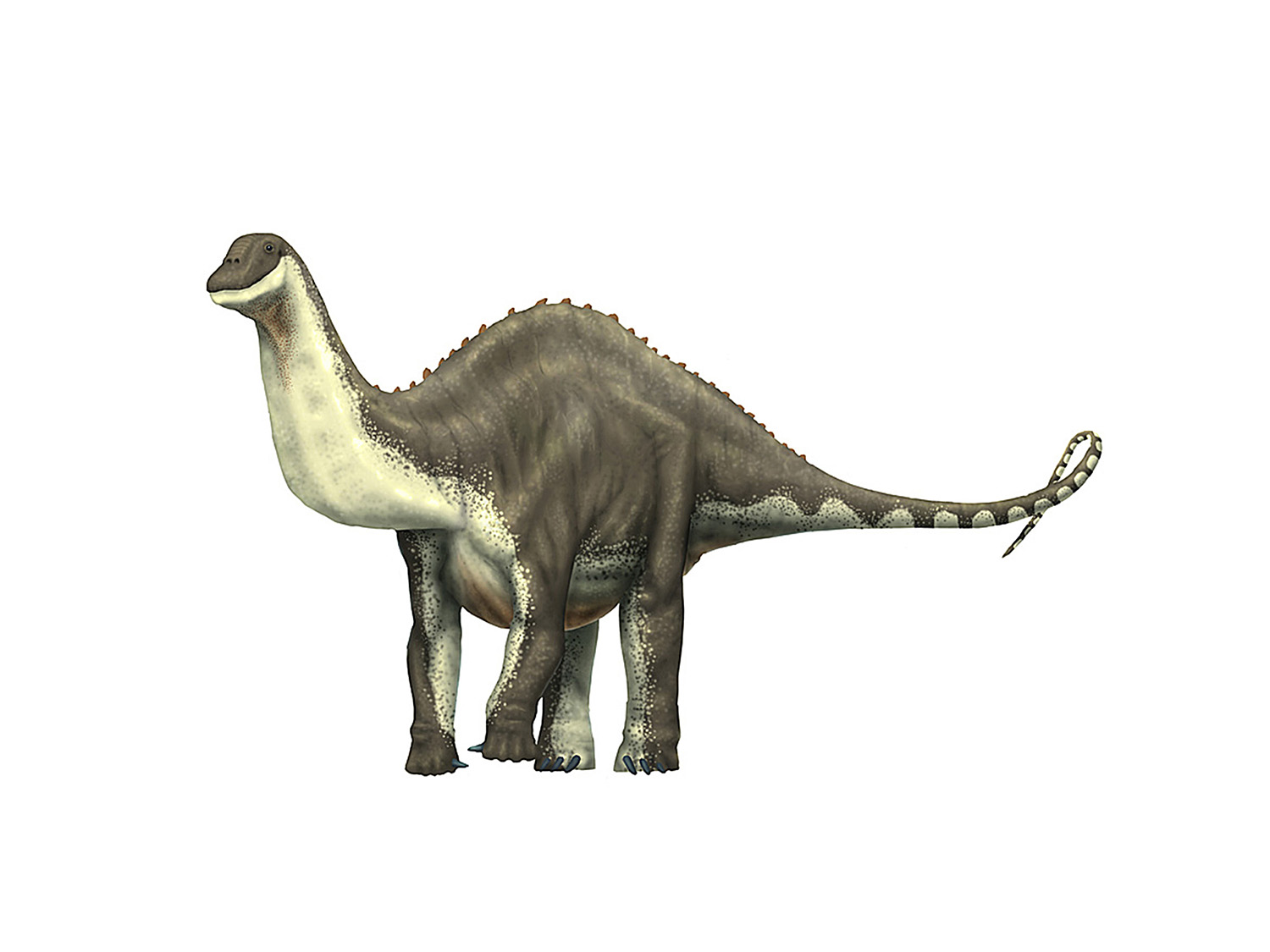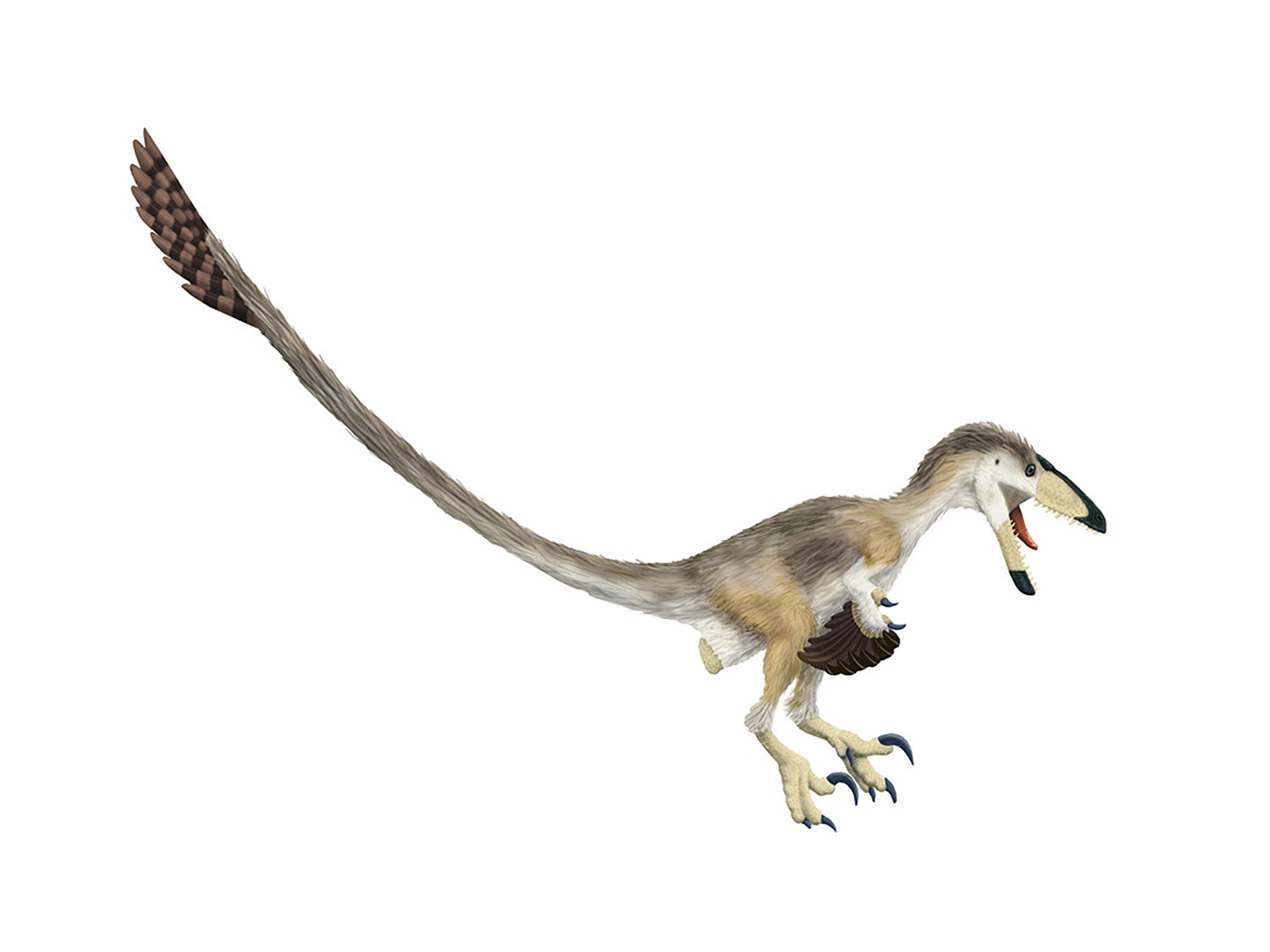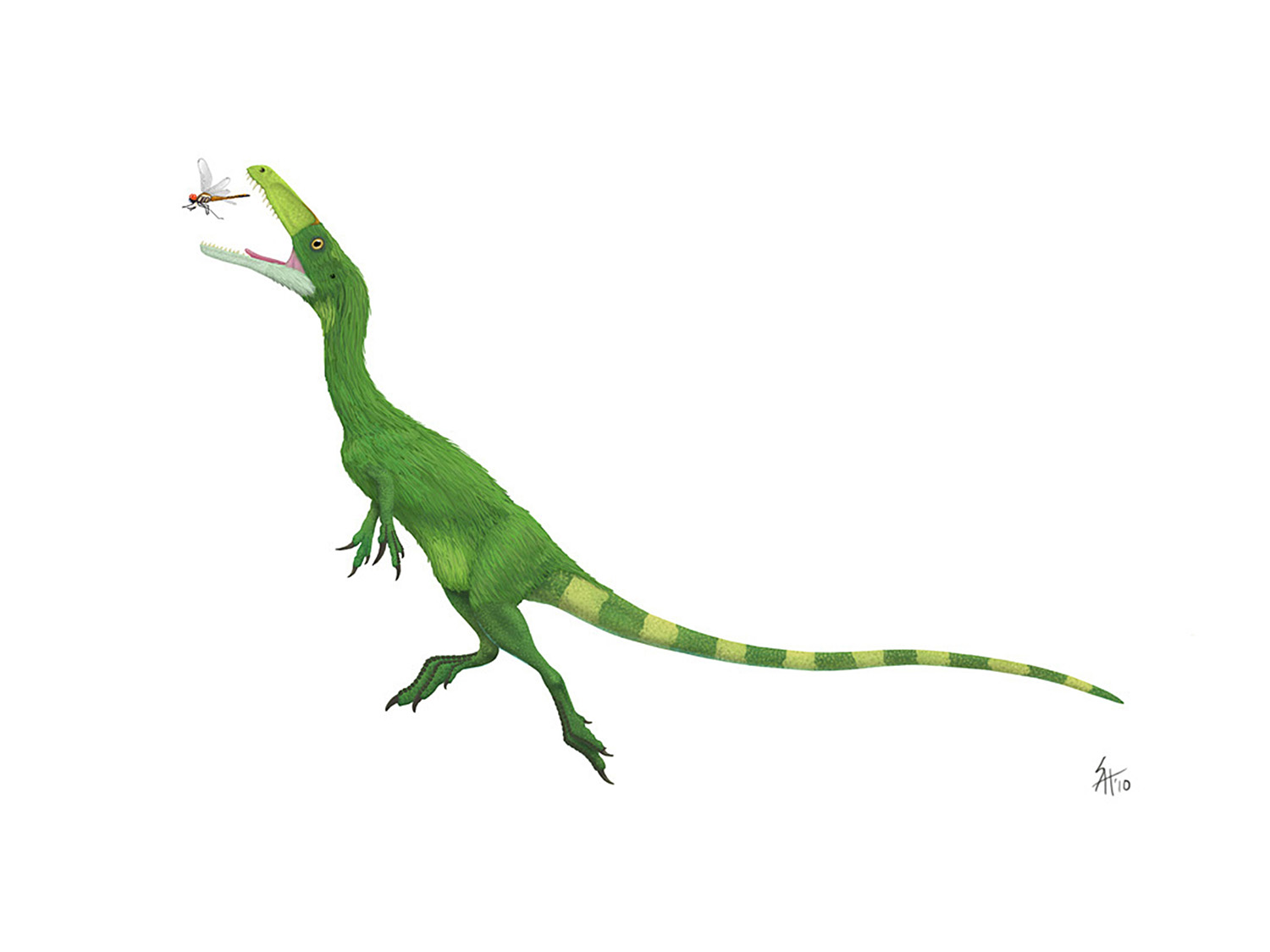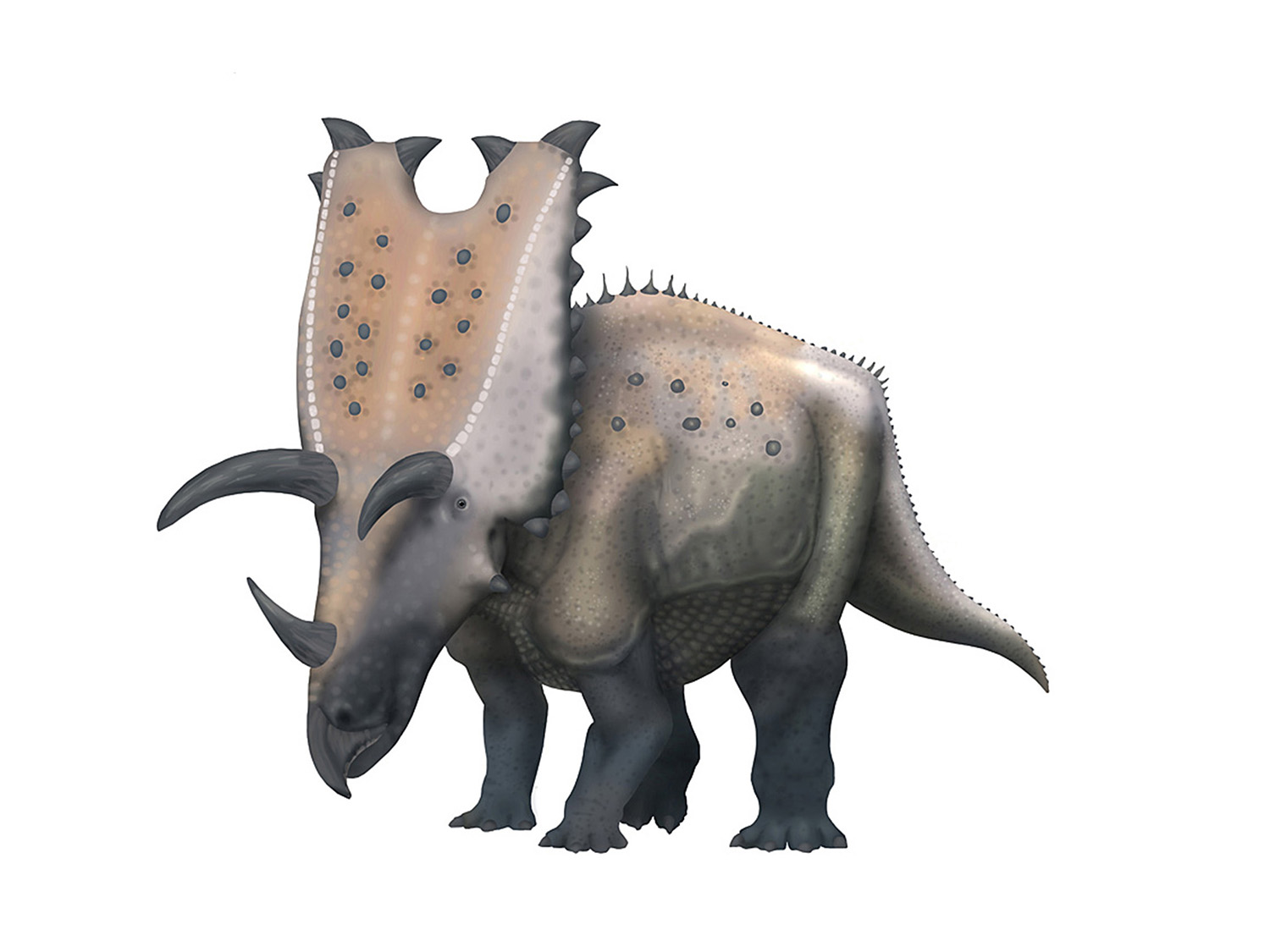Schematic vs realistic skeletals: Follow up
/
I'm happy to say I've received some excellent feedback on the previous blog post on schematic skeletal diagrams. Several comments in particular share a similar feeling, which I'll repost here:
As you can see, they all raise a similar question - why would anyone want to publish a a skeletal diagram that isn't realistic (or in some cases, "correct"). I suspect that they aren't the only ones with this question, so I thought it would be worth addressing the issue with its own post. So let's start at the beginning....
Let's all have a moment of honesty here; how is a young scientific illustrator supposed to go about learning to produce a realistic skeletal reconstruction? Greg Paul has written a single, traditionally hard to attain article on the subject, and has written several guides to how he interprets common debates on dinosaur functional morph. That's about it; the result was that many young artists took the "make it look like Greg Paul's" strategy, but there are several problems with this. First, it's not always clear to illustrators when something is a well-established anatomical consensus, or whether it's an interpretation largely unique to Greg. Making this worse is that Greg has (somewhat notoriously) issued a mass cease and desist request for people to stop copying his look. Since there aren't many sources to tease out which parts are science (and therefore not copyrightable) and which are stylistic (and therefor subject to his copyright), many artists are probably feeling like throwing their arms up in surrender.
It's my hope that through several projects (including a modest contribution from this blog) that the science behind this process can be better documented, become better subject to testing, and generally move from the realm of dark art to the evidence-driven process it should be. But I also think we need to be realistic about what stage we're at. Right now there aren't even a handful of people who regularly publish on the subject, and the publications that do exist often are often made in the gray literature and are not subject to further testing.
So what can we do?
I think first and foremost we have to be realistic about the size of the challenge in front of us. Given the name of this site it shouldn't surprise the reader to learn that I think skeletal reconstructions can (and generally should) be done to realistic standards. I also believe the creation of them should be a data-driven activity, with a methodology that is transparent and subject to testing by others.
But a lot of work has to be done before we get there. In the mean time, properly labeling a published skeletal as either schematic or realistic will be useful to the process; by making it clear when a skeletal isn't intended as realistic it will increase the accuracy of paleoart (since artists won't use it), make it more obvious which taxa are still in need of a realistic skeletal, and improve the "signal to noise ratio" when people try to understand what are common anatomical assumptions.
Proper labeling is also easy to do, making it a reasonable request of anyone getting ready to submit a manuscript (or reviewing them), as it requires a minimal investment of time and improves the usefulness of the paper itself. Yes, this may be the "low-hanging fruit" in a larger revamp of skeletal reconstructions, but that doesn't mean it isn't worth pursuing.
I don't see any reason someone would make a reconstruction more schematic than necessary (due to perspective, converting bones to lines, incompleteness or deformation, lack of available material, etc. that you mention). In the strat column and cell examples, there are obvious reasons not to make them realistic, but what about skeletons? Surely the only reason to not draw bones correctly is to save time, but in that case I'd argue it's better to not to include a reconstruction than to make a half-assed one. -Mickey Mortimer
This is a very.. charitable interpretation of what's going on. I agree that there is a place for schematics, but I think they should be made to look schematic (you see this sometimes, where bones are reduced to oblongs, and laid out in a vary schematic way). Just labelling skeletals as schematic will do little to stop artists using them I'm afraid. -John Conway
I would have to side with John on the matter of schematic representations. You write "When writing a professional paper, which one of these styles is "better" depends on the needs of the authors, the time, ability, and access to the data that the illustrator has, and a host of other practical concerns. Far be it from any of us to dictate that one type of skeletal diagram is suitable in all cases." But I can't see any way in which is schematic diagram is better than a realistic one. In short, surely the only reason to put up with the schematic is when the data just isn't there to do the job right? -Mike Taylor
As you can see, they all raise a similar question - why would anyone want to publish a a skeletal diagram that isn't realistic (or in some cases, "correct"). I suspect that they aren't the only ones with this question, so I thought it would be worth addressing the issue with its own post. So let's start at the beginning....
Historical Perspective:
As I showed in the earlier 3 part series on dinosaur skeletals, the reality is in the history of paleontology it simply has never been a standard requirement to invest the time and effort that goes into producing realistic skeletal reconstructions for publication. Yes, for a period of time realistic skeletals were used by some paleontologists in Europe in the middle of the 19th century, but hardly all. Concerns with improving the anatomical posture of mounts saw a brief return to publications in the U.S. in the 1920s and '30s, but neither of these periods saw anything close to a universal adoption of realistic skeletal reconstructions, nor did either period produce published guidelines on how to produce such skeletals - and don't forget that they make good examples by virtue of how unusual they are in the history of paleontology.
So point 1: It may be be true in some objective sense that realistic skeletal drawings are preferable, but it's never been a standard in scientific publications. Sure, several decades of skeletals by Greg Paul and others may have created an expectation in artists that realism should be the default, but that hasn't translated to professional publications. In my opinion it's neither fair nor realistic to expect all researchers to start including realistic skeletals (especially given the issues discussed below) in published papers cold-turkey, but it is fair to ask them to label their diagrams more explicitly (indeed, better labeling is something we should always strive for). Why isn't it fair? Well, there's a host of...
Practical Concerns:
Writing a paper takes a while. While the process isn't really the mysterious and inaccessible dark art that some assume, it does take time and effort. And unfortunately producing realistic skeletal drawings largely has been a mysterious dark art, without explicit guidelines, and with only a couple of people that produce them (and there isn't any universal consensus on who those people are). The result is that a paleontologist that wants to get a paper out on a new dinosaur could be looking at a really significant investment of time (and possibly money) to try and include a realistic skeletal reconstruction.
Also remember that many researchers don't have research specialties that lend themselves to supervising the creation of a realistic skeletal reconstruction; even at the best of times it can be hard for technical and artistic professionals to find a common language, but for an expert in stratigraphy or systematics it may be even more difficult to direct a staff artist or art student on how to produce a realistic skeletal drawing. This wouldn't be so bad if scientific illustrators had a set of guidelines they could follow when producing realistic skeletal reconstructions, but hey, that brings me to the last point....
Skeletal reconstructions need to stop being a dark art!
Practical Concerns:
Writing a paper takes a while. While the process isn't really the mysterious and inaccessible dark art that some assume, it does take time and effort. And unfortunately producing realistic skeletal drawings largely has been a mysterious dark art, without explicit guidelines, and with only a couple of people that produce them (and there isn't any universal consensus on who those people are). The result is that a paleontologist that wants to get a paper out on a new dinosaur could be looking at a really significant investment of time (and possibly money) to try and include a realistic skeletal reconstruction.
Also remember that many researchers don't have research specialties that lend themselves to supervising the creation of a realistic skeletal reconstruction; even at the best of times it can be hard for technical and artistic professionals to find a common language, but for an expert in stratigraphy or systematics it may be even more difficult to direct a staff artist or art student on how to produce a realistic skeletal drawing. This wouldn't be so bad if scientific illustrators had a set of guidelines they could follow when producing realistic skeletal reconstructions, but hey, that brings me to the last point....
Skeletal reconstructions need to stop being a dark art!
Let's all have a moment of honesty here; how is a young scientific illustrator supposed to go about learning to produce a realistic skeletal reconstruction? Greg Paul has written a single, traditionally hard to attain article on the subject, and has written several guides to how he interprets common debates on dinosaur functional morph. That's about it; the result was that many young artists took the "make it look like Greg Paul's" strategy, but there are several problems with this. First, it's not always clear to illustrators when something is a well-established anatomical consensus, or whether it's an interpretation largely unique to Greg. Making this worse is that Greg has (somewhat notoriously) issued a mass cease and desist request for people to stop copying his look. Since there aren't many sources to tease out which parts are science (and therefore not copyrightable) and which are stylistic (and therefor subject to his copyright), many artists are probably feeling like throwing their arms up in surrender.
It's my hope that through several projects (including a modest contribution from this blog) that the science behind this process can be better documented, become better subject to testing, and generally move from the realm of dark art to the evidence-driven process it should be. But I also think we need to be realistic about what stage we're at. Right now there aren't even a handful of people who regularly publish on the subject, and the publications that do exist often are often made in the gray literature and are not subject to further testing.
So what can we do?
I think first and foremost we have to be realistic about the size of the challenge in front of us. Given the name of this site it shouldn't surprise the reader to learn that I think skeletal reconstructions can (and generally should) be done to realistic standards. I also believe the creation of them should be a data-driven activity, with a methodology that is transparent and subject to testing by others.
But a lot of work has to be done before we get there. In the mean time, properly labeling a published skeletal as either schematic or realistic will be useful to the process; by making it clear when a skeletal isn't intended as realistic it will increase the accuracy of paleoart (since artists won't use it), make it more obvious which taxa are still in need of a realistic skeletal, and improve the "signal to noise ratio" when people try to understand what are common anatomical assumptions.
Proper labeling is also easy to do, making it a reasonable request of anyone getting ready to submit a manuscript (or reviewing them), as it requires a minimal investment of time and improves the usefulness of the paper itself. Yes, this may be the "low-hanging fruit" in a larger revamp of skeletal reconstructions, but that doesn't mean it isn't worth pursuing.



















